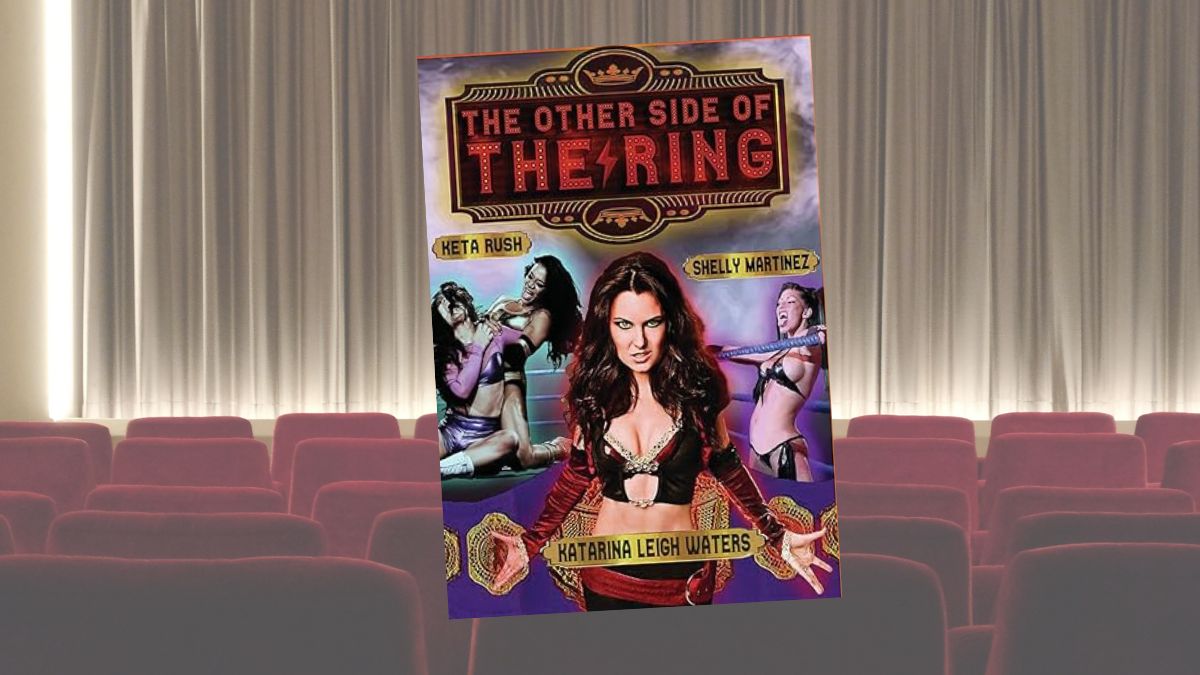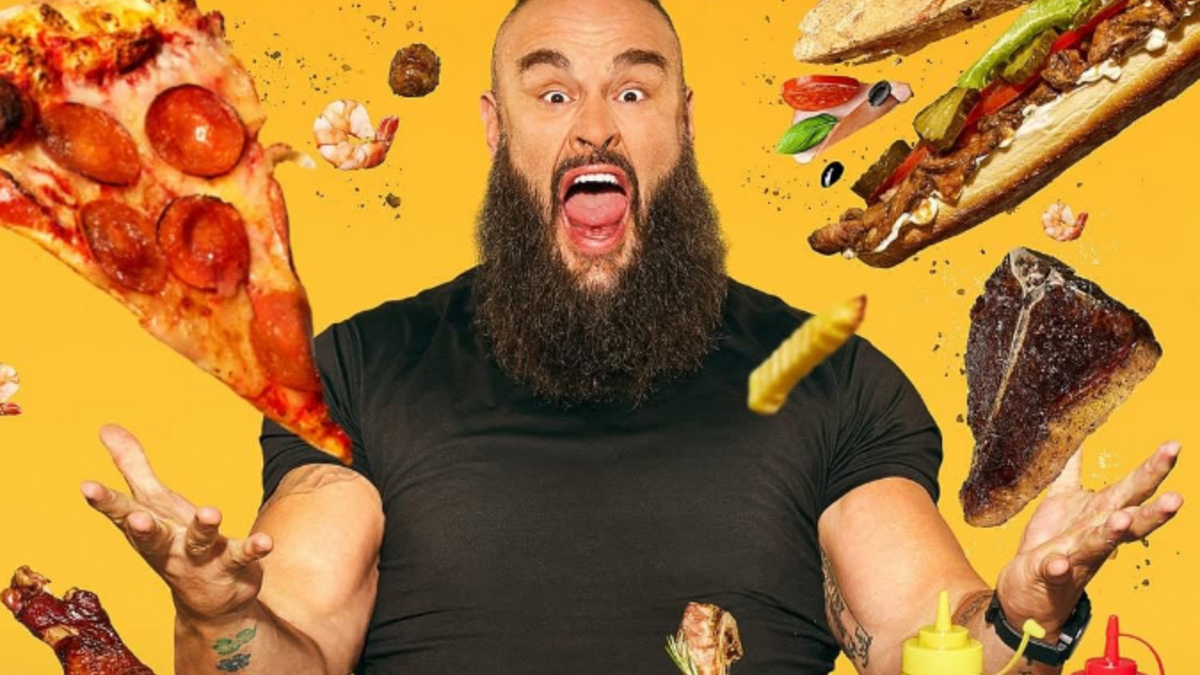‘Other Side of the Ring’ DVD kinda dull
We seem to be living in the Golden Age of Pro Wrestling Documentaries.
Beyond the Mat and Hitman Hart: Wrestling With Shadows were groundbreaking at the time, and still hold up. Then came all the documentaries filmed for companies like Highspots, like the great one on Nigel McGuinness, followed by the arrival of VICE with its Dark Side of the Ring series. I’m leaving out tons, of course, many of which have been reviewed right here on this site.
That preamble leads me to a doc that was released in early in 2024, on DVD yet (which is news in and of itself, physical media!?). Alas, I would not call it anywhere near a top-tier film.
It’s called The Other Side of the Ring and the obvious attempt to steal some thunder from Dark Side of the Ring with the title does the doc a disservice.
The Other Side of the Ring, directed by Jeremy Norrie, tells the stories of Keta Rush, Delilah Doom, Shelly Martinez and Katarina Waters who was, at various times, Katie Lea Burchill and Winter.
And that’s it. No other talking heads.
Each subject tells their own story of how they were introduced to wrestling, found their way into training, their early days and career highlights. Generalized statements like the original GLOW promotion being this great achievement for women in wrestling was laughable as was Martinez saying that the girls in GLOW were “doing things the guys were doing.”
Of the four, I was most familiar with Waters, who never seemed to become a star. Her journey from Germany to learning wrestling in England was interesting enough, but there was no detailing of her WWE run as Katie Lea Burchill or even really her time in TNA/Impact as Winter or Katarina. Instead, it was a basic generalization of her career.
At one point, Waters notes that she has faced far more adversity in her real life than she has in pro wrestling … at which point there is no follow-up, instead jumping to something else.
This is a repeated pattern in the film.
Martinez has a brief cup of coffee in WWE as a vampire with Kevin Thorn, and then in TNA alongside LAX. Again, there were roads the filmmakers could have gone down. If, as she alleges, WWE’s John Laurinaitis didn’t want to talk to her about a job if she was affiliated with a certain promoter in California, then isn’t that a road to explore? Why? What was she doing there?
Later, Martinez mentions that she was making so little money in Impact that the gas was turned off in her house which she shared with her sister. The detail is just left there.
While I respect what Martinez has done in her career, for whatever reason I just don’t see her as the wise old sage that wrestlers seek out for advice, as she claimed. She went from “Grizzled Vet Shelly” to “Bitter Old Shelly” in her time on camera, both of which she happily admitted to.
The other two subjects, Delilah Doom (Sarah Jean Greaves) and Keta Rush (Keta Meggat) were pretty new to me, though we’d run a bit on Doom through the years here just because she wrestled in SHIMMER and those photo galleries were always a hit.
Doom’s character seems misnamed if she is an “’80s aerobics instructor” like Richard Simmons. But she was likeable enough, and as the only one who brought up her relationship — she was engaged to wrestler Eli Everfly — there was another path that could have been explored. How does a wrestling relationship work? Do you talk about wrestling all the time?
I also wanted to know more about why some of these women switched wrestling schools, which seemed to be a lot; we’ve heard a lot about bad trainers during the #SpeakingOut movement, so was that the reason? Again, not a road that they went down.
Keta Rush was probably the most compelling if only because she was the least known, wrestling in the alternative universe of WOW Women of Wrestling, which does good ratings but is rarely talked about in the Internet Wrestling Community.
Wrestling wasn’t a dream for her, which helped in her explanations. She ended up auditioning for WOW by accident, as her agent had sent to her what they had thought was a tryout for NBC’s Heroes show. Athletic, with track, basketball and gymnastics on her resume, and more recent skills in muay Thai and boxing, I believed her when she said, “I’m a bad-ass babyface.”
Yet, again, there was a fascinating point where she talked about having issues with people in her space, and that her father suggested that pro wrestling might help her deal with that. Guess what never happens though? Right. They don’t go back to her to ever ask the question whether it helped her not.
Like with Dark Side there are a couple of weak reenactments; unlike Dark Side some of the stock footage to move the story along was pretty weak, like a random VW van to portray travel. It would have helped to have had the women doing something else but sitting in place: take us on a tour of your wrestling collection; walk the dog you are holding in your lap; show the vampire in the sunshine.
The Other Side of the Ring is leagues ahead of one of pioneering documentaries on women in wrestling, 1973’s Wrestling Queen, but that doesn’t make it a winner either.
The bar in wrestling documentaries is far higher than it was even a decade ago, and The Other Side of the Ring doesn’t clear it.
RELATED LINKS
- Order The Other Side of the Ring on Amazon.com or Amazon.ca
- SlamWrestling.net’s Movies section




